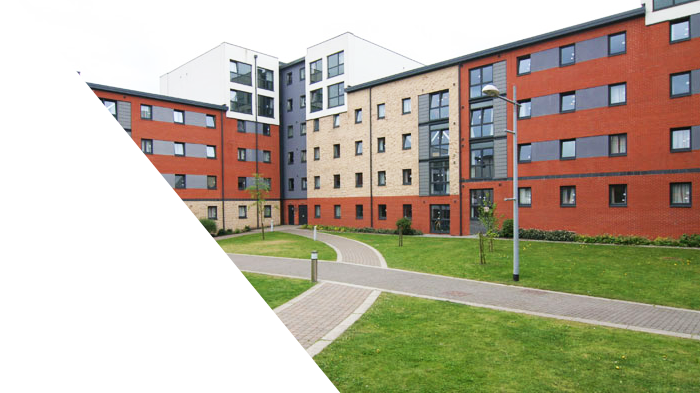The challenges
Velresco were engaged to help the University understand an all too common problem. How do we reduce costs and not increase headcount when our teams are already telling us they are overwhelmed operating over capacity?
We were asked to carry out an audit of day to day activities, to create a robust profile of activities and things that "got in the way".
How we helped
By using vFlow we were able to do this much faster and therefore at a lower cost, and more comprehensively than had previously been possible.
Over a six week period we conducted a project in three phases:
| Set up : | Understanding the services and gathering customer perceptions. |
| Observe : | First-hand observations and data gathering. Engagement with teams on the ground to validate and enhance the data. |
| Report : | Report back to those involved in the project and the management team along with recommendations. |
The benefits
The work identified the opportunity to release 7,800 hours of capcity from within the portering team. This oportunity came from resolving problems that got in the way and better allocating workload, not from asking anyone to work harder. In fact several of the recomendations involved safer, better working conditions.
Because the work was evidence-based and at a very high level of detail, thanks to the use of the v-Flow tool, there was very little resistance to the proposed recommendations. Instead energy was focussed on what could be done to make the changes happen. Also the approach we at Velresco use means that the people most likely to be affected by change are involved throughout and are therefore a force to drive for changes as long as they get appropriate support and backing from management.
Making change stick
Using a stick to make change happen doesn't actually make change stick. Or put another way forcing people to change by laying down rules or policies or threats of reprisal will work, but as soon as attention is focussed elsewhere that change will usually slip back to people's preferred way of working.
It is better to use evidence and reasoned debate with the people involved to help everyone see the need and the reason for change, that way people do things differently because they want to, that is how to make change stick. This isn't easy, it usually requires someone with appropriate experience and the right tools, to capture the required information in a timely manner and to appropriately communicate and share the findings and recommendations.
This is our area of expertise and we would love to help you make change happen in your business too.

